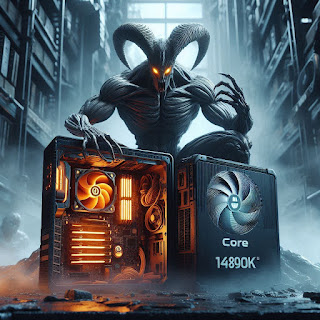Core Ultra vs 14900K - Complete Gaming Benchmark Analysis


After the dramatic market shifts of recent years, many question the future of Web3 technologies. However, beneath the surface of price volatility and media headlines, a more nuanced transformation is taking place that suggests evolution rather than extinction.
The crypto market has moved beyond pure speculation to practical utility. Institutional investors are now driving market dynamics, bringing increased stability and professional trading practices.
Significant improvements in:
NFTs are evolving beyond digital art to:
Web3 is not dead - it's evolving into a more mature, practical technology ecosystem. Key trends include:
Rather than facing extinction, Web3 is undergoing a necessary evolution from speculative mania to practical utility. While challenges remain, the foundation for mainstream adoption is being built through improved technology, clearer regulations, and real-world applications.
Comments
Post a Comment